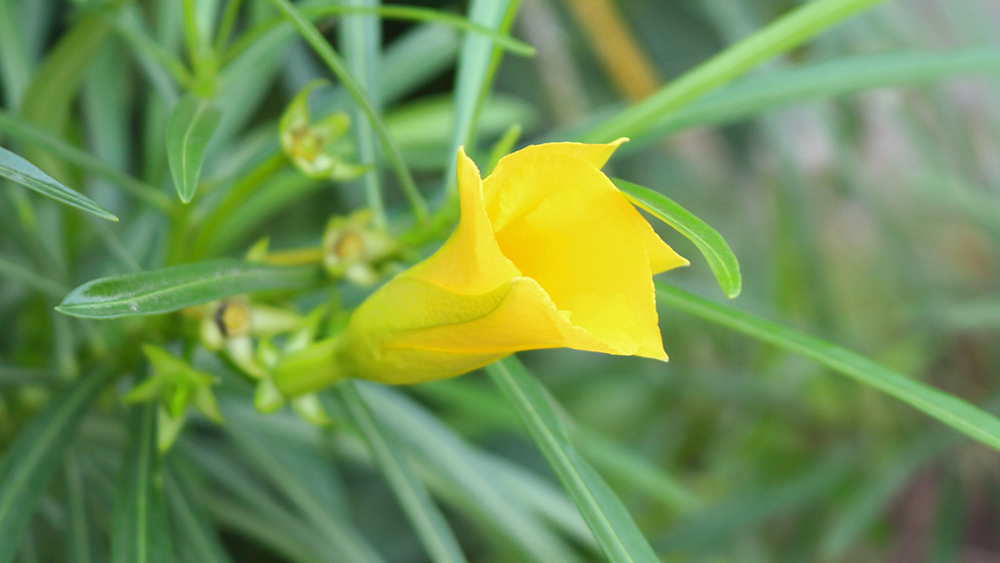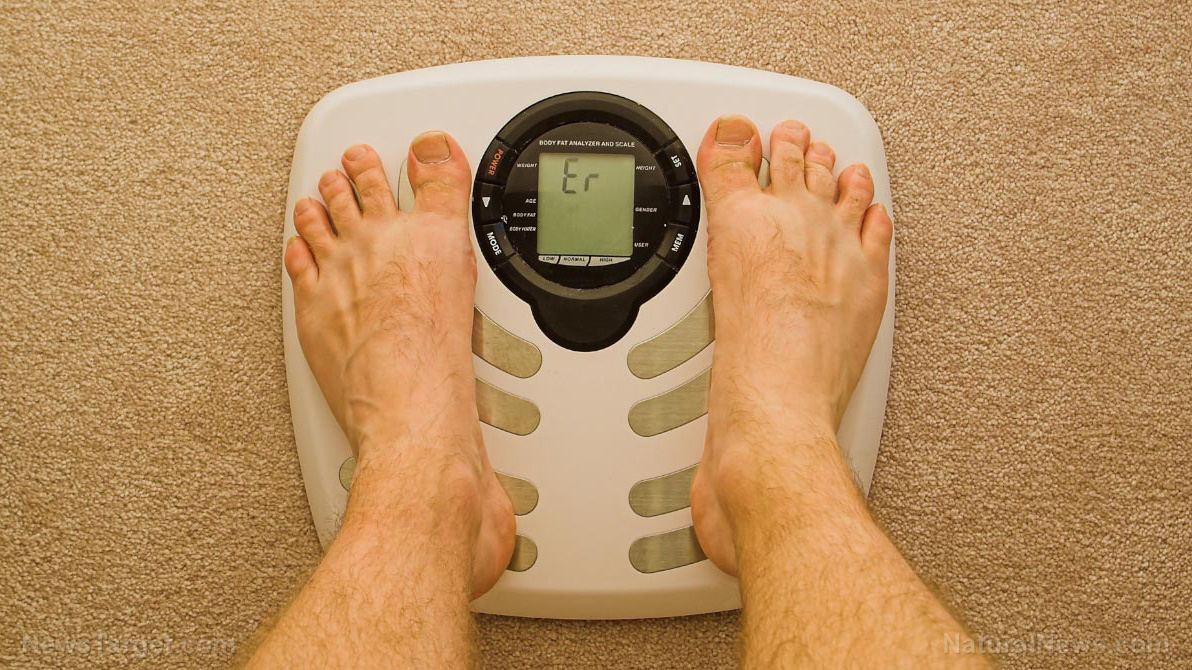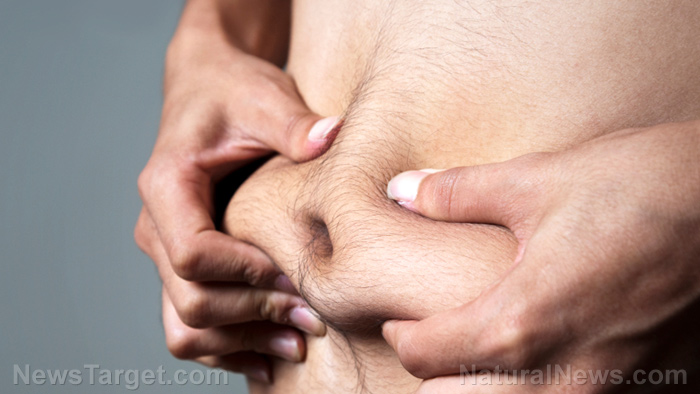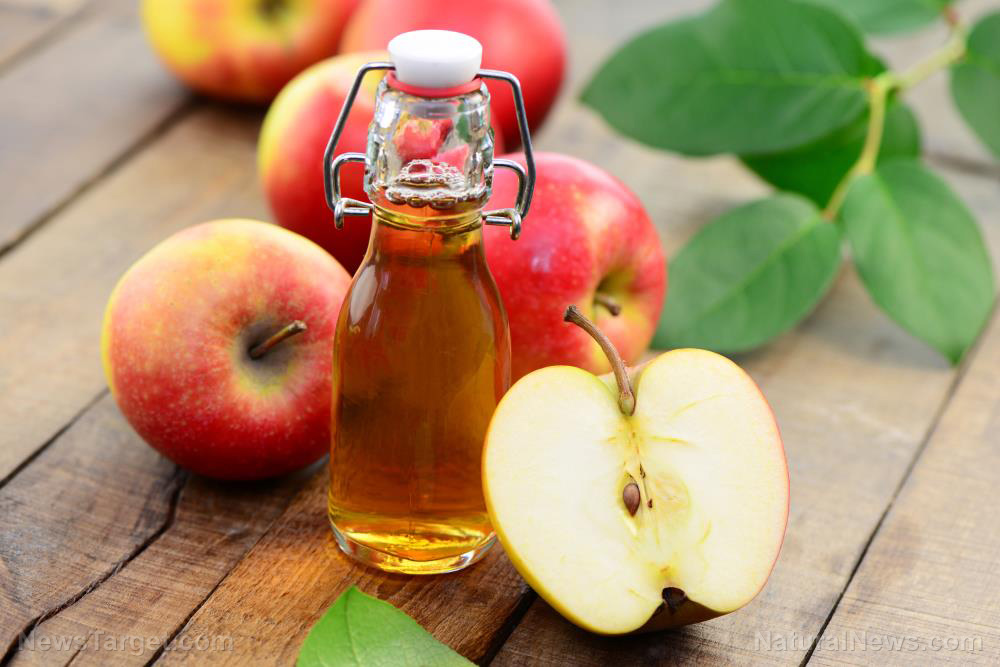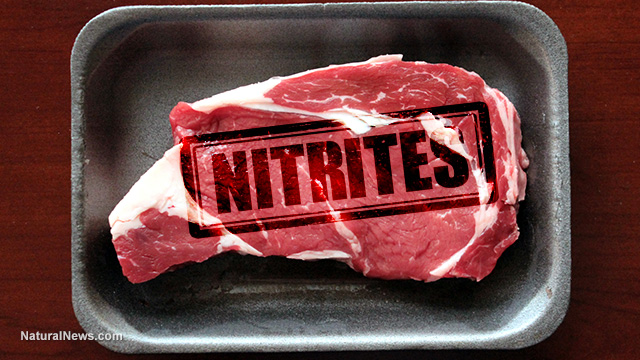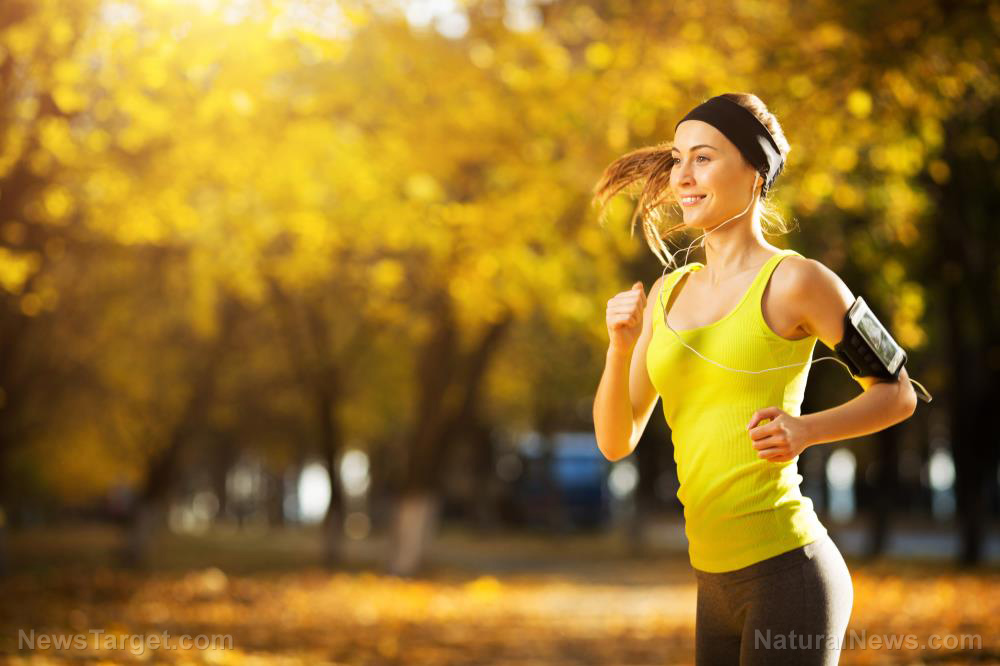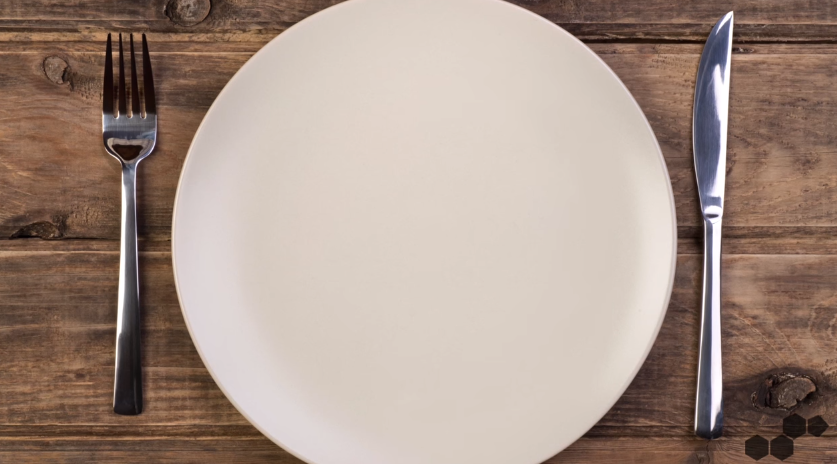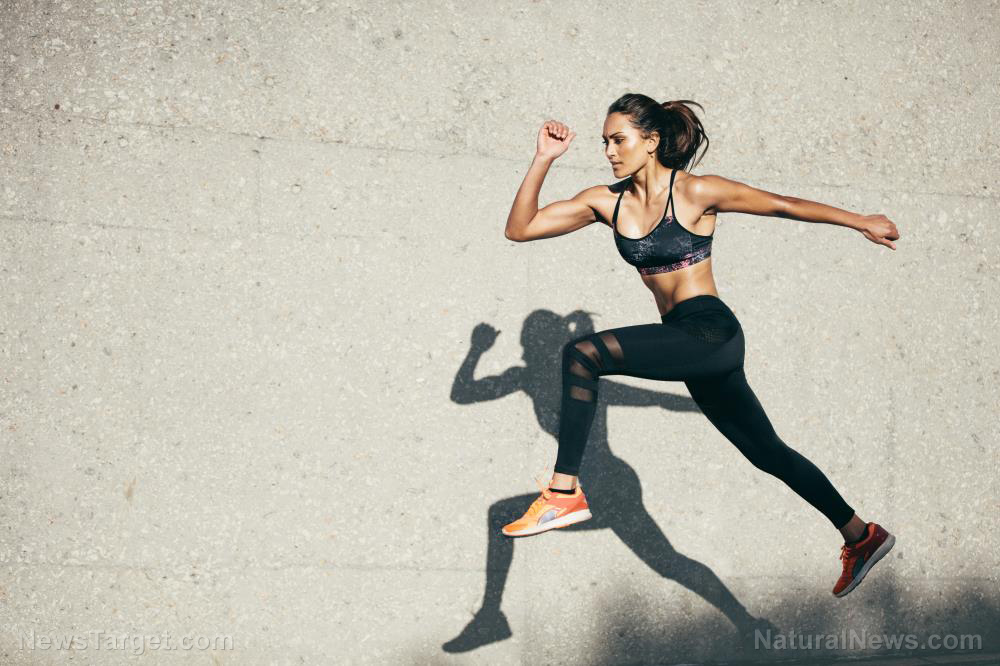Why running outdoors is better than using a treadmill
12/09/2018 / By Zoey Sky
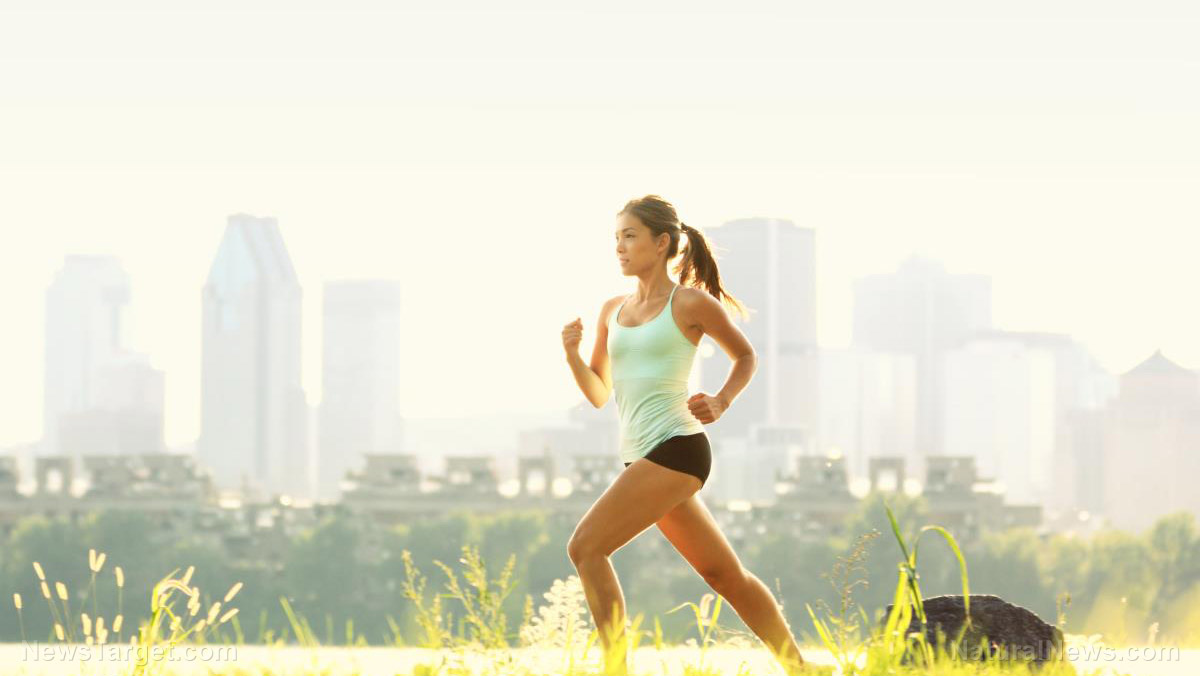
When it comes to exercise, some people prefer to jog or run outdoors while others may feel inclined to work out indoors. Whether it’s because of convenience, personal preferences, or chronic injuries, most people may favor indoor workouts more. But did you know that running outdoors may offer more health benefits compared to using a treadmill?
Here are four reasons why it’s better to run outdoors:
- It boosts your energy and improves your mental health. According to a study by researchers from the University of Exeter in the United Kingdom, running outdoors helps increase your energy levels and boosts your mood. When you exercise in the park or a running trail, you can also admire the beauty of nature and feel the sun on your skin. Being “surrounded by the sounds and smells of nature” can help you feel more relaxed, and it can make you feel more positive. Exercising outdoors may also make you happier and more excited to work out instead of dreading another session on the treadmill. (Related: Four huge benefits of exercising outdoors.)
- It burns more calories. If you’re not running on an inclined treadmill, running outside can help burn more calories. This because when you run outdoors, you have to deal with increased wind resistance. Running outdoors means you also have to adjust to significant changes in the running surface and the temperature. These two factors help your body burn more calories compared to using a treadmill.
- It can help you build a better butt. When you’re running on a treadmill, the movement beneath you makes your legs up behind you. This reduces the effort output by your gluteal (glutes) muscles or the group of three muscles that make up your butt. However, if you run outdoors, your glutes get the full impact as you move. Outdoor exercise can help you get a stronger butt and thighs.
- It improves your bone strength. It may be easier to run on the treadmill since there is a lack of hard impact on your knees. But when you run on a sidewalk or trail, your bones and connective tissues face a powerful impact that can help build stronger bones. Being exposed to a stronger impact outdoors can also help prevent future running injuries.
Keep these four benefits in mind the next time you’re undecided about simply losing weight while using the treadmill or being in a good mood, burning more calories, getting a firmer butt, and improving bone strength by running in the park.
Running tips for beginners
If you’re not sure if running is for you or if you simply want tips for beginners, read the suggestions below.
Getting started
Take it slow. Walk for an amount of time that feels comfortable based on your fitness level. Start with a 10-minute walk, then build your way up to 30 minutes as you get stronger. When you’re ready for a 30-minute run, intersperse one or two minutes of running between the chunks of time that you’re walking outdoors. As you keep walking, make the running intervals longer until you’re running for the whole 30-minute session.
Why does it hurt when you run?
A bit of discomfort is normal, the longer and more intense your training is, but real pain is something to worry about. If it hurts too much that you start limping, you might be suffering from an injury. Stop running and rest for several days. If you’re not sure, walk for a couple of minutes. If the discomfort persists, consult a healthcare professional.
Running shoes vs. cross-trainers
Unlike other forms of exercise, running doesn’t require expensive gear and accessories. Most of the time you’ll be fine with a high-quality pair of running shoes. Compared to cross-trainers, running shoes will let your foot strike the ground properly. This can help reduce the amount of shock that travels up your leg. Running shoes will also fit better to minimize the slipping and sliding that may cause blisters.
Deciding where to run
You can run wherever you want to, as long as it’s safe and enjoyable. Optimal running routes are free of traffic, scenic, and well-lit. You should also choose a “soft” trail or a path with smooth grass instead of running on paved roads.
For more articles on the benefits of running and exercising outdoors, visit Slender.news.
Sources include:
Tagged Under: bone strength, energy, exercise, exercise and fitness, fitness, glute muscles, gluteal muscles, great outdoors, jogging, longevity, mental health, outdoors, physical activity, running, slender, treadmill, weight loss

